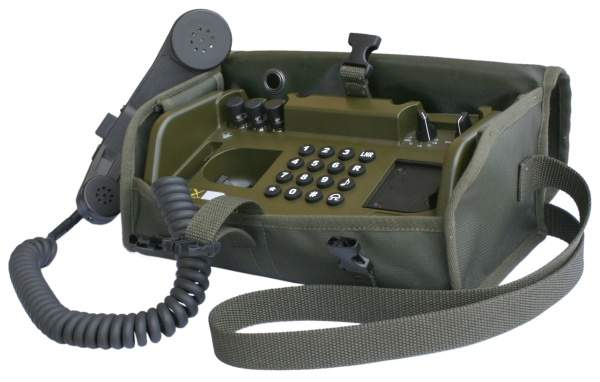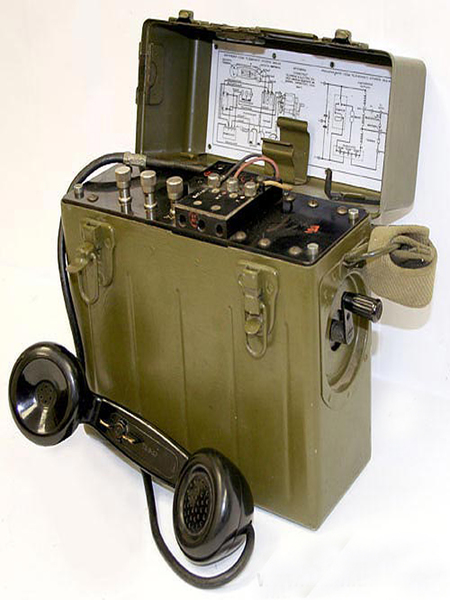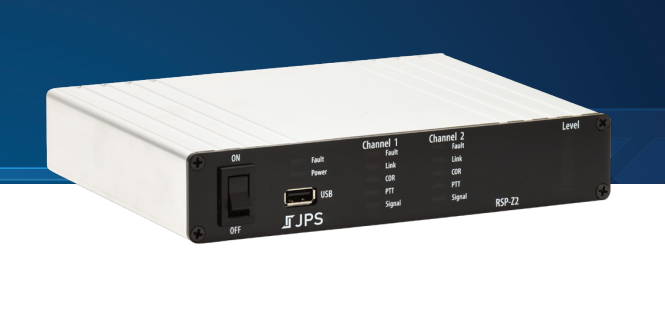A Glimpse into the Military Field Telephone: History, Components, and Types
Introduction:
In the realm of military communication, the field telephone stands as an enduring symbol of connectivity and coordination on the battlefield. Since its inception, this device has played a pivotal role in transmitting vital information swiftly and securely. In this blog post, we will delve into the fascinating history, components, and various types of military field telephones.

I. The Origins and Evolution:
The roots of the military field telephone can be traced back to the late 19th century when telegraphy was the predominant means of long-distance communication. As the need for mobile communication in the battlefield grew, inventors turned their attention to developing portable devices for military use. The first practical field telephone was introduced in the late 1890s, ushering in a new era of real-time communication on the frontlines.
II. Components of a Field Telephone:
A typical military field telephone consists of several key components, each serving a specific purpose:
- Handset: The handset serves as the primary interface for communication. It consists of a microphone for speaking and a receiver for listening, allowing soldiers to engage in two-way conversations.
- Magneto Generator: The magneto generator is a hand-cranked device that generates electrical current to power the field telephone. Soldiers would rotate the crank to generate the necessary electrical energy.
- Line Selector: The line selector is a switch that enables users to connect to different telephone lines, facilitating communication between various units or headquarters.
- Ringer: The ringer is an audible signaling device that alerts soldiers to incoming calls. It emits a distinctive ringing sound, enabling immediate attention to incoming messages.
III. Types of Military Field Telephones:
Over the years, several types of field telephones have been developed to meet the changing demands of the battlefield. Here are some notable examples:
- WWI Field Telephone: During World War I, the sound-powered field telephone was widely used. It relied on acoustic principles, converting sound waves into electrical signals. Although relatively simple, these devices proved invaluable in trench warfare.
- WWII Field Telephone: In World War II, advancements in technology led to the introduction of more sophisticated field telephones. These devices utilized battery power, offering clearer communication and longer ranges.
- Modern Field Telephones: In contemporary military operations, digital field telephones have emerged. These devices incorporate encryption technologies, secure voice transmission, and enhanced data capabilities. They are often integrated with other communication systems, such as radios and computer networks, for seamless coordination.

IV. Challenges and Advancements:
Throughout its history, the military field telephone has faced numerous challenges, including limitations in range, susceptibility to wire tampering, and vulnerability to enemy interception. However, advancements in technology continue to address these concerns. The development of wireless and satellite communication systems has greatly expanded the range and effectiveness of field telephones, ensuring reliable communication even in remote or hostile environments.
Conclusion:
The military field telephone stands as a testament to the ever-evolving nature of battlefield communication. From its humble beginnings to the present day, this device has played a crucial role in facilitating real-time connectivity and coordination among military units. As technology continues to advance, it is certain that the field telephone will continue to adapt and evolve, remaining an indispensable tool for military communication.

Disclaimer: The views and opinions expressed in this article are solely those of the author and do not necessarily reflect the official policy or position of any military organization or government entity.







Post Comment